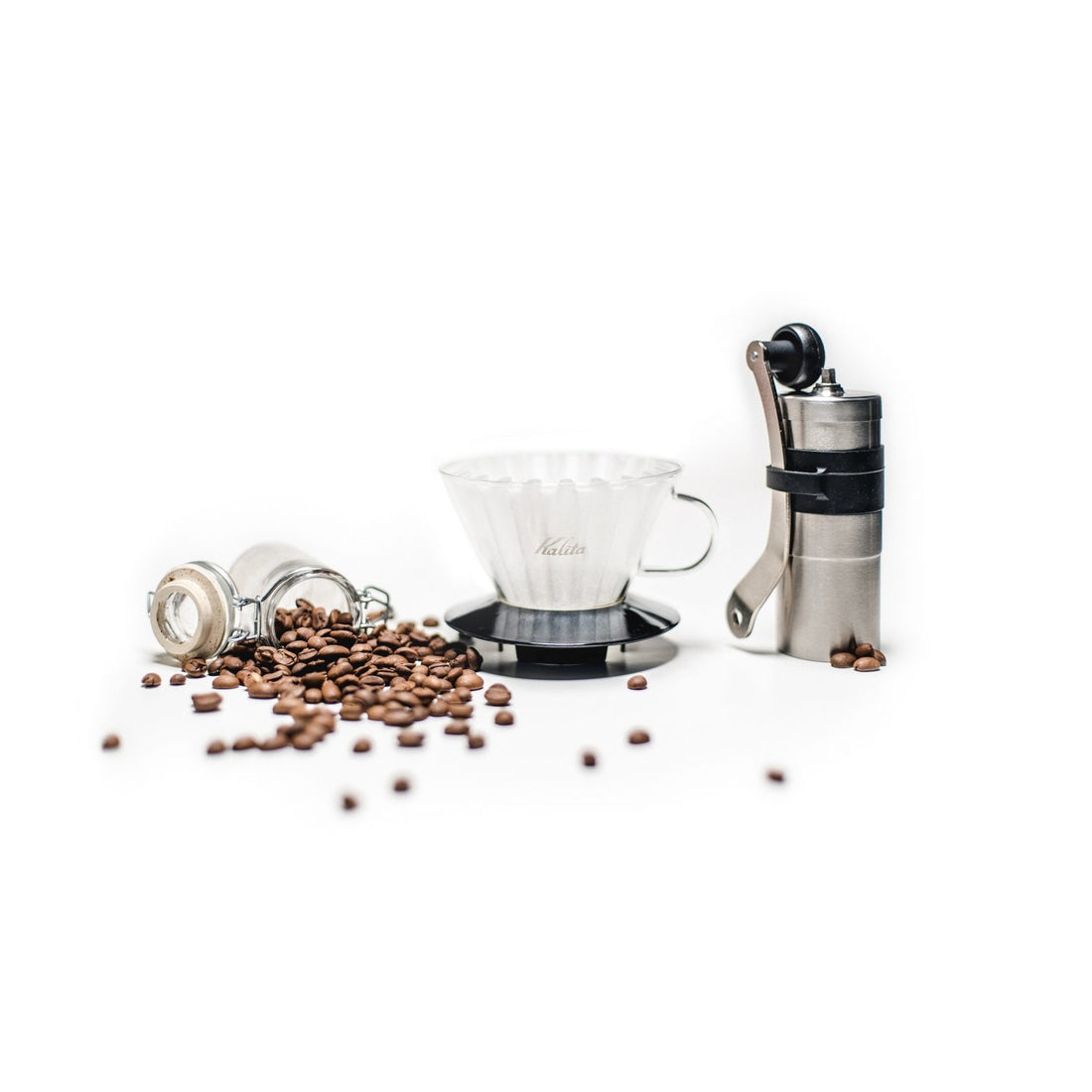A good cup of coffee in the morning can be the difference between your commute being wide-eyed and joyful or miserable. Not to mention a professional tasting cup of coffee at home brings fulfillment and saves you money over the alternative of relying on a barista day after day. It’s time to ditch that automatic drip machine or Keurig and start brewing manually or with an espresso machine.
1. Understand What Makes a Good and Bad Tasting Coffee
Understanding when coffee tastes bad or good is typically an easy task. But understanding what made your coffee taste the way it did, isn’t so simple. This takes experimentation with the grind, type of coffee, purity of the water, etc. When making your coffee it’s best to only adjust one variable at a time. This allows you to play around with the flavour of your coffee until you find what is optimal for you. This goes for any brew method from espresso shots to pour-overs, drip, french press, etc.
2. Properly Steaming The Milk
If you’re drinking lattes or cappuccinos the milk can make or break your drink. Taking the time to watch a few youtube tutorials and practice your milk steaming can get you to a place where you’re truly drinking cafe-quality lattes in your own home. If you’re looking to improve on your milk frothing skills take a look at this tutorial by Chris Baca. https://youtu.be/6YMgB61WyvE
3. Coffee Beans
There will come a day when you’re ready to put down the Maxwell House and look for a specialty coffee. Be careful because once you make this leap you will never be able to go back. Let’s be honest at this level, the differences in the coffee come down to detail. Specialty coffee is just that. When a commercial coffee brand farms for beans they are doing so at huge quantities. The reason why they are so cheap is that they can pay for massive quantities of lower-tier crops. Often the picking process is done through machines, leaving room for defective and unripe beans to make the batch. This will drastically downgrade the coffee. In comparison, most specialty coffees are handpicked from one farm or area. You will see specialty coffee brands advertise the origin of that coffee. This is because the location of the coffee can actually drastically impact the flavour of the coffee. As you can imagine there are coffee connoisseurs out there who fall in love with coffee grown in certain origins.
4. Precision
Instilling precision into your brewing process can improve the quality and consistency of your coffee. A scale is a good place to start. Your brew will be tastier and reliably delicious every morning. A gram scale will allow you to experiment with the amount that tastes best to you and allow you to keep it that way. No longer will you have to guess with varied scoops of coffee. The standard amount of coffee is 1g to 15-17g of water. With a scale, achieving this balance is easy. Depending on your previous scoops it might even allow you to save on the number of beans you use on a daily basis. For all you know you might be adding 2-3g of coffee when you should be only using 1g. That means getting up to 3x more out of your bag of coffee.
What separates a cup of coffee that will just get you through the day compared to a cup of coffee that will light a smile onto your face? It’s all in the details. Which coffee you buy, where that coffee was grown, how the coffee was stored, how that coffee was ground, the length of the brew, and a lot more. But with so many details to pay attention to, they can add up fast. Ignore them and your coffee will suffer. Obsess over them and you’ll have a cup of coffee that no cafe can beat.


